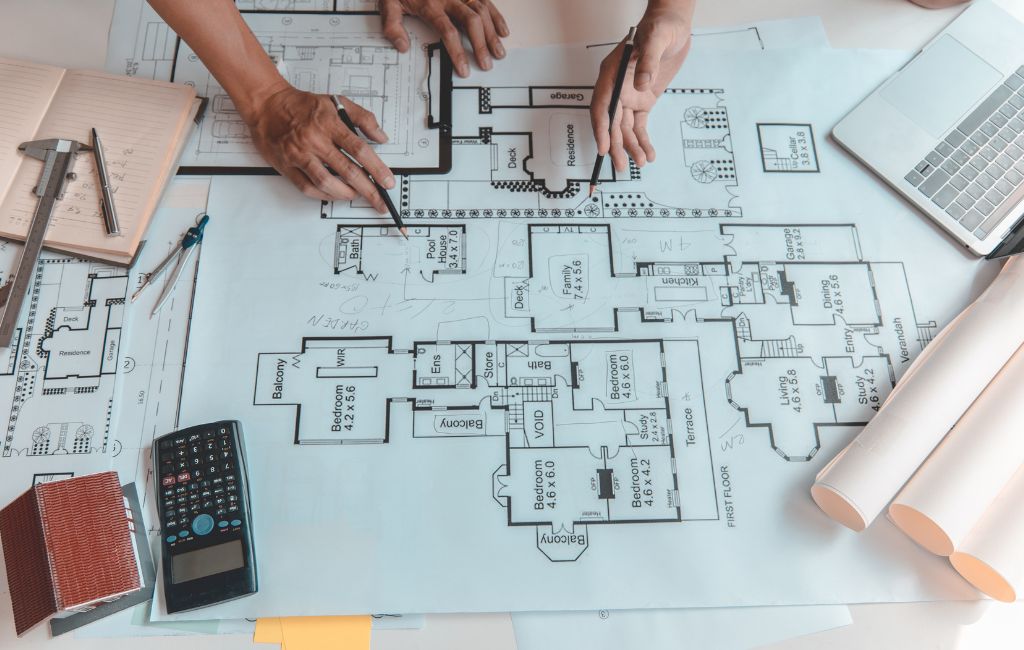
Architect: Sustainable Urban Planning
Urban planning has evolved significantly over the years, with sustainability becoming a key focus. Architects play a pivotal role in this transformation, bringing their expertise to create cities that are not only functional but also environmentally friendly. This article explores the indispensable role of architects in sustainable urban planning, supported by examples, case studies, and statistics.
The Role of Architects in Urban Planning
Architects are integral to urban planning, contributing their skills in design, aesthetics, and functionality. They ensure that buildings and public spaces are not only visually appealing but also sustainable. Their involvement spans various stages of urban development, from initial concept to final construction.
Designing Sustainable Buildings
One of the primary responsibilities of architects is to design buildings that minimize environmental impact. This involves using sustainable materials, incorporating energy-efficient systems, and optimizing natural light and ventilation. For instance, the Bullitt Center in Seattle is a prime example of sustainable architecture. Designed by the Miller Hull Partnership, this building is often referred to as the greenest commercial building in the world. It features solar panels, rainwater harvesting systems, and composting toilets, significantly reducing its carbon footprint.
Creating Green Spaces
Green spaces are vital for urban sustainability, providing areas for recreation, reducing urban heat islands, and improving air quality. Architects collaborate with landscape architects and urban planners to integrate parks, gardens, and green roofs into city designs. The High Line in New York City, designed by James Corner Field Operations and Diller Scofidio + Renfro, is a notable example. This elevated park transformed an old railway line into a green oasis, enhancing biodiversity and offering a recreational space for residents and visitors.
Case Studies in Sustainable Urban Planning
Several cities around the world have successfully implemented sustainable urban planning with the help of architects. These case studies highlight the impact of thoughtful design and planning on urban sustainability.
Freiburg, Germany
Freiburg is often cited as a model for sustainable urban planning. The city has implemented numerous green initiatives, including extensive use of solar energy, efficient public transportation, and green building standards. Architects played a significant role in designing energy-efficient buildings and creating pedestrian-friendly zones. The Vauban district, in particular, showcases sustainable living with its car-free streets, solar panels, and green roofs.
Curitiba, Brazil
Curitiba is another example of successful sustainable urban planning. The city is renowned for its innovative public transportation system, which has significantly reduced traffic congestion and pollution. Architects contributed to the design of the city’s bus rapid transit (BRT) system, ensuring that it is efficient and accessible. Additionally, Curitiba has numerous parks and green spaces, designed to manage floodwaters and provide recreational areas for residents.
Statistics on Sustainable Urban Planning
Statistics provide a clear picture of the impact of sustainable urban planning. According to the United Nations, cities consume 78% of the world’s energy and produce more than 60% of greenhouse gas emissions. Sustainable urban planning aims to reduce these figures by promoting energy efficiency, renewable energy, and green infrastructure.
- A study by the World Green Building Council found that green buildings can reduce energy consumption by up to 30% and water usage by up to 50%.
- The International Energy Agency reports that buildings account for nearly 40% of global energy consumption, highlighting the importance of sustainable architecture.
- According to the Global Commission on the Economy and Climate, investing in sustainable urban infrastructure could generate economic benefits worth $17 trillion by 2050.
The Future of Sustainable Urban Planning
The future of urban planning lies in sustainability, with architects at the forefront of this movement. Emerging technologies and innovative design approaches will continue to shape the cities of tomorrow. Architects will play a key role in integrating smart technologies, renewable energy sources, and sustainable materials into urban designs.
Smart Cities
Smart cities leverage technology to improve urban living, making cities more efficient and sustainable. Architects are essential in designing smart buildings and infrastructure that incorporate sensors, data analytics, and automation. For example, Songdo in South Korea is a smart city that uses technology to manage energy consumption, waste, and transportation efficiently.
Biophilic Design
Biophilic design is an approach that seeks to connect people with nature through architecture. This design philosophy emphasizes natural light, ventilation, and the use of natural materials. Architects are increasingly adopting biophilic design principles to create healthier and more sustainable urban environments. The Bosco Verticale in Milan, designed by Stefano Boeri, is a striking example of biophilic design. These residential towers feature vertical forests, improving air quality and providing a habitat for wildlife.
Conclusion
Architects are indispensable in the pursuit of sustainable urban planning. Their expertise in design, materials, and technology enables the creation of cities that are not only functional but also environmentally friendly. Through innovative approaches and collaboration with other professionals, architects help shape urban environments that promote sustainability and enhance the quality of life for residents. As cities continue to grow, the role of architects in sustainable urban planning will become increasingly significant, paving the way for a greener and more sustainable future.